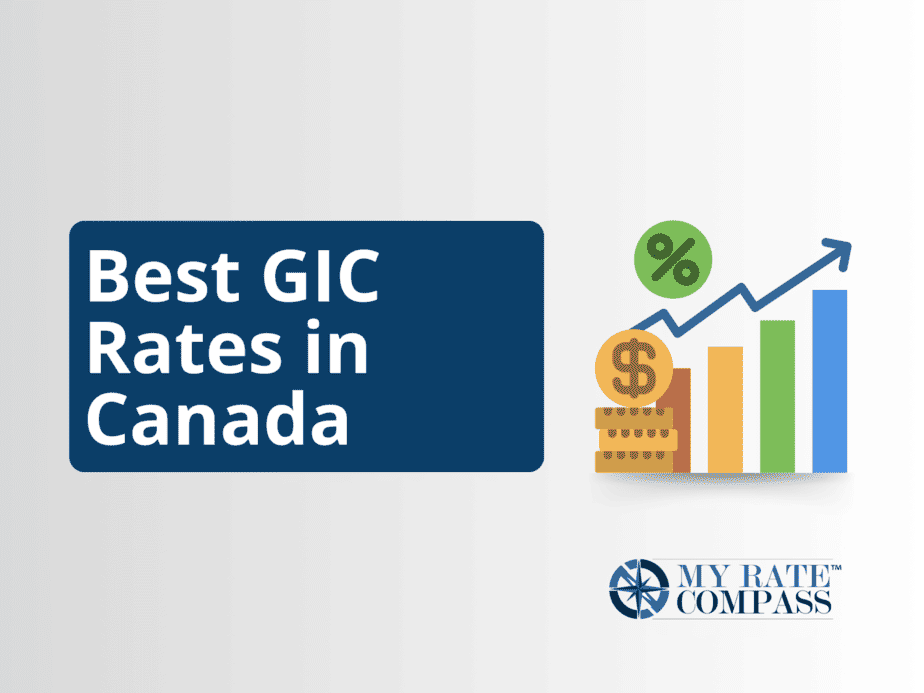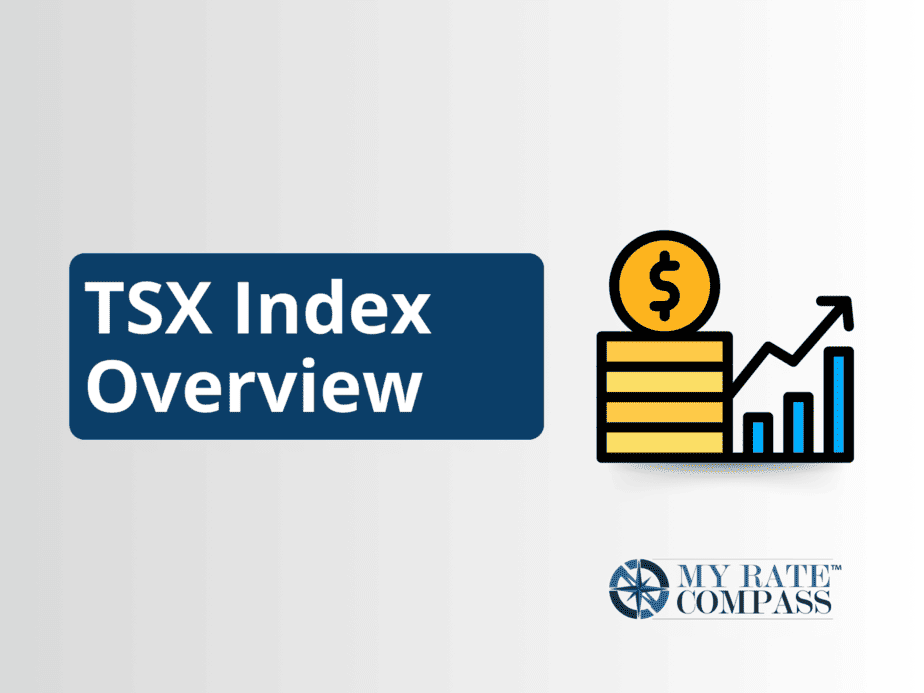VGRO is an exchange-traded fund (ETF) offered by the investment company Vanguard. This unique company created a mutual structure for their funds and ETFs in which the funds are owned by their investors. VGRO is still quite new, having only been established since 2018. Here we review the VGRO offering to help you decide if it is the right investment for you.
What is VGRO?
As mentioned, VGRO is a growth exchange-traded fund (ETF). An ETF is often compared to a mutual fund, but in the case of ETFs, they trade like stocks. As a result, you get the best of both worlds: ready-made diversification that allows you to achieve a broader scope of investments through one investment. It tends to be a more cost-effective way to have a diverse portfolio because you don’t face the fees of each individual security. You can trade units on VGRO when the stock exchange is open so you can keep an eye on pricing throughout the day. VGRO has been trading on the Toronto Stock Exchange since January 2018 and has $919 million in assets.
An ETF such as VGRO invests in various equity and fixed income securities to create a profit-growing, long-term asset for investors. However, they are also quite liquid. VGRO focuses around 80% of the portfolio on stocks and just under 20% on income securities with the small balance going to short-term reserves. This can change from time to time based on the fund managers. However, the goal is to offer a low-risk investment that allows investors to benefit from both the broad-based equity and fixed income markets. VGRO trades at market price.
VGRO Investment Distribution
This refers to what types of holdings the ETF managers invest in. Vanguard will report their returns every January. At the time this review was written, they had 80.32% invested in stocks, 19.62% invested in bonds and 0.06% invested in short-term reserves. The total payout seen each January remains the same, but there can be variances in the percentage of the payout and the amount that equals earnings year to year.
VGRO Asset Allocation
The asset location at the time this review was written was as follows:
- Number of stocks 12,986
- Number of bonds 17,490
- Yield to maturity 4%
- Average duration 6 years
- Average maturity 7 years
- Average coupon 6%
- Short-term reserves 1%
Allocation to underlying Vanguard funds
- Vanguard US Total Market Index ETF: 33.10%
- Vanguard FTSE Canada All Cap Index ETF: 20%
- Vanguard FTSE Developed All Cap ex North America Index ETF:16.60%
- Vanguard Canadian Aggregate Bond Index ETF: 11.70%
- Vanguard FTSE Emerging Markets All Cap Index ETF: 6.40%
- Vanguard Global ex-US Aggregate Bond Index ETF CAD-hedged: 4.50%
- Vanguard US Aggregate Bond Index ETF CAD-hedged: 3.50%
VGRO Returns
Since this is a relatively new ETF, there isn’t an extensive return history available but in the past two years, it returned 17.84% in 2019 and 10.89% in 2020.
VGRO Fees
Fees for VGRO are a 0.22% Management Fee and a 0.25% management expense ratio (MER).
Advantages of VGRO
There are many advantages to VGRO including the fact they are easy to purchase and use. You can in theory view this as a set it and forget it type of investment despite the fact you have such a diverse investment. The benefit of any ETF is the fact you get that diversification in one package. You also have lower fees than you do with something like a mutual fund that also offers that diversification. Last but not least they are highly liquid, so your money isn’t locked in making it difficult to access.
Drawbacks of VGRO
When looking at potential drawbacks some would say it is too heavily weighted in Canadian investments. As well, from a standpoint of the fees charged for VGRO, you might find them higher than some.
XGRO vs VGRO
VGRO is often compared to iShares Core Growth ETF Portfolio, XGRO. This is because they have many similarities. In the case of XGRO, it is offered by Blackrock. As mentioned above in drawbacks, this is an example of a competitor with slightly lower fees, as the XGRO MER is 0.20% compared to Vanguards VGRO 0.25%. Of course, as with any ETF, XGRO has different assets with a noted difference in that XGRO offers more U.S. and International assets and less Canadian. This might be more appealing to those who are worried about having all their eggs in one economy’s basket.
Should You Buy VGRO?
If you have a TFSA or RRSP account, investing in VGRO provides you with a set it and forget it option. When you do this, you aren’t faced with the worries of rebalancing and can add your contributions and see growth. Just keep in mind that you also need to have higher risk tolerance.
FAQ
Is VGRO a good ETF for investment?
Yes, as long as you are looking for an investment that provides diversification and something you don’t need to constantly be monitoring this could be the investment for you. Just keep in mind, however, it does tend to be more Canadian heavy if you want more worldwide diversification, and it is designed for passive index investing.
Does VGRO pay dividends?
Yes, it pays them quarterly.
How To Buy VGRO ETF?
As mentioned, VGRO is traded on the TSE. Because it trades at market price, you need to go through the secondary market with a brokerage firm so you could end up paying more due to brokerage commissions. Make sure you understand all the fees involved before choosing a broker. You can consider an online platform like Wealthsimple or Questrade as well.
How often does VGRO rebalance?
VGRO rebalances regularly because they want to ensure it maintains its target asset allocations. This also helps keep risk levels at the initial level expected by investors. Since this happens regularly you don’t have to worry about it. Rebalancing is a good thing as it helps avoid situations that can increase risk when positions change too drastically.




